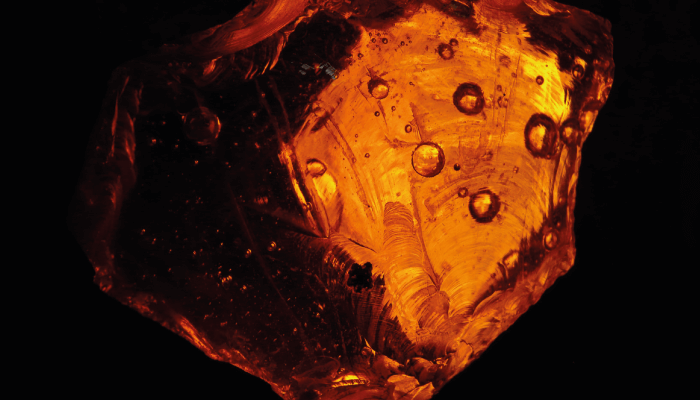
Antibiotic resistance is one of the biggest public health challenges of our time, resulting in 35,000 US deaths every year (1). As researchers scrabble to find a solution, some suggest that the answer may be right under our feet in the form of 44-million-year-old fossilized resin.
For centuries, people in Baltic nations have used ancient amber from now-extinct pines in the Sciadopityaceae family for medicinal purposes. Even today, infants are given amber necklaces to chew to relieve teething pain. But, until recently, the science behind this old wives’ tale has remained unknown.
To pinpoint the exact compounds that explain Baltic amber’s therapeutic effects, scientists analyzed commercially available samples and extracts from the researchers’ personal collections (2). The samples were ground into a homogeneous semi-fine powder before being filtered, concentrated, and analyzed by GC-MS. Dozens of compounds (including abietic acid, dehydroabietic acid, and palustric acid ) were identified and then tested against nine bacterial species.
Interestingly, scientists found that these compounds were active against Gram positive bacteria, such as certain Staphylococcus aureus strains, but not Gram negative bacteria. Gram negative organisms have a more complex cell wall, so the composition of the bacterial membrane may be important for the compounds’ activity. The findings indicate that abietic acids and their derivatives may be an untapped source of new medicines – and a potential answer to our drug problem. It seems that some old wives’ tales really are rooted in truth…
References
- Center for Disease Control and Prevention (2020). Available at: https://bit.ly/3asu16v.
- ACS Newsroom (2021). Available at: https://bit.ly/2QIqs5k.
